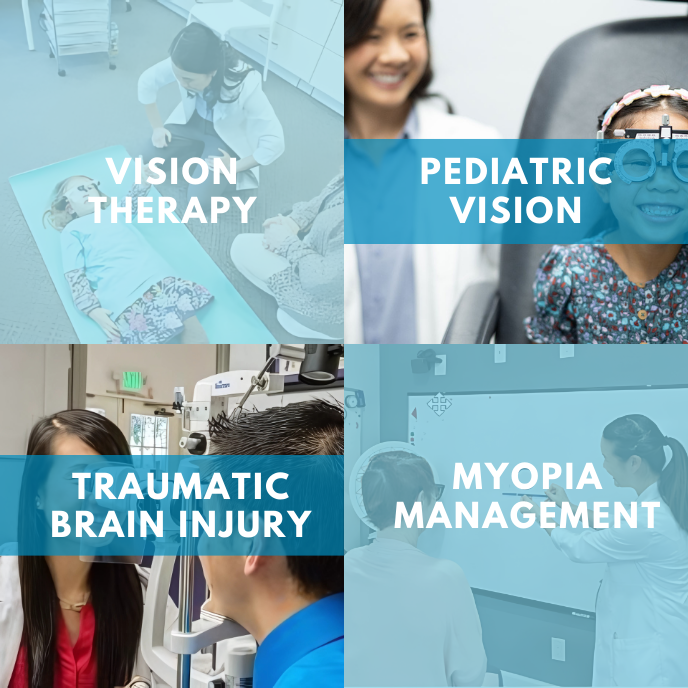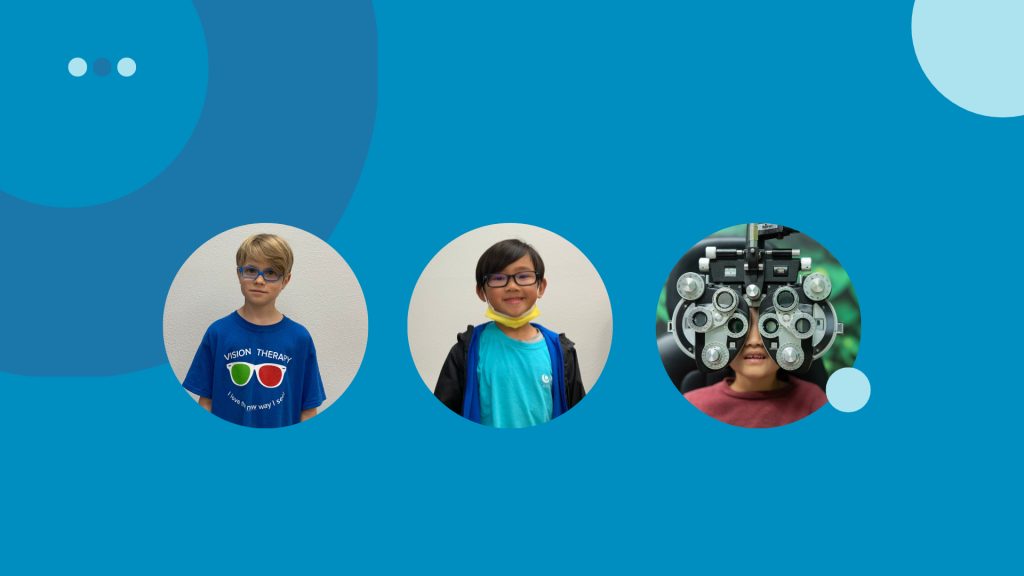Primitive reflexes are involuntary, automatic movements controlled by the brainstem. They emerge before birth and are crucial for a baby’s survival in the earliest stages of life. These reflexes are nature’s way of ensuring that infants can perform essential functions like feeding, gripping, and responding to sudden environmental changes.

The Role of Primitive Reflexes in Early Life

Primitive reflexes help newborns adapt to their environment and develop early motor and sensory skills. Each reflex serves a specific purpose:
- Moro Reflex (Startle Reflex): Helps protect the baby by triggering a physical response to sudden stimuli.
- Rooting Reflex: Guides the baby to turn their head toward touch, aiding in feeding.
- Palmar Reflex: Stimulates a baby’s grip when their palm is touched, supporting early hand strength.

As the baby grows, these reflexes should naturally integrate, giving way to voluntary, purposeful movements. For instance, the Tonic Labyrinthine Reflex (TLR), which impacts head and body alignment, lays the groundwork for balance and posture development. However, when these reflexes remain active beyond their typical timeline, they can interfere with critical developmental milestones.
Why Reflex Integration is Crucial
- The Asymmetrical Tonic Neck Reflex (ATNR) transitions into controlled bilateral movements, essential for activities like writing and sports.
- The STNR helps a baby move from lying down to crawling, integrating to support coordinated body movements for walking and running.

When reflex integration is delayed or disrupted, it can create developmental bottlenecks. These disruptions often affect the sensory systems, such as vision, and motor coordination, hindering a child’s ability to learn, play, and interact with their environment.
Challenges of Retained Reflexes
At Insight Vision Center Optometry, we frequently see the consequences of retained reflexes in children. For instance:
- A retained Moro Reflex may result in heightened anxiety, making it difficult for a child to focus in a classroom setting.
- The Palmar Reflex, if unintegrated, can cause difficulties with fine motor skills, such as holding a pencil or using scissors.
- The TLR can lead to poor posture and balance issues, making sports and physical activities challenging.
These challenges often present as symptoms that parents might notice in daily life, such as clumsiness, difficulty concentrating, or struggles with handwriting.
Addressing Developmental Gaps
Our therapies focus on bridging developmental gaps by:
- Strengthening core stability through targeted exercises.
- Enhancing bilateral coordination to support activities like running and handwriting.
- Improving visual-motor integration for tasks such as reading and sports.
By combining reflex integration and vision therapy, we help children build the skills they need to thrive academically, socially, and physically.
Vision Therapy and Beyond: Comprehensive Pediatric Eye Care Solutions
At Insight Vision Center Optometry, our expertise extends beyond reflex integration. We provide a full spectrum of pediatric eye care services, helping children achieve optimal visual function and sensory integration.


Real-World Example: Sarah’s Journey
Sarah, a 7-year-old patient from Santa Ana, came to our clinic with complaints of poor handwriting and clumsiness. Her parents noticed that she struggled to focus on tasks and frequently avoided physical activities like playing catch.
After a thorough assessment, we identified retained ATNR and Palmar Reflexes as the root cause of her challenges. Through a combination of reflex integration exercises and vision therapy, Sarah’s handwriting improved, her balance became more stable, and she gained the confidence to participate in sports.
This holistic approach transformed not only her academic performance but also her social interactions.
Challenges Associated with Retained Reflexes
When primitive reflexes remain unintegrated, they often create a domino effect of developmental hurdles. Common issues include:
- Motor Delays: Poor coordination, clumsiness, and difficulty mastering gross or fine motor skills.
- Visual Impairments: Challenges with tracking, focusing, and interpreting visual information, affecting academic performance and confidence.
- Emotional and Behavioral Issues: Anxiety, frustration, and difficulties adapting to new environments or situations.
For example, children with retained STNR may struggle to transition from crawling to walking or experience difficulty maintaining a seated posture for extended periods. These motor challenges often lead to secondary issues, such as reluctance to engage in group activities or participate in physical education.
A Success Story: Ethan’s Breakthrough
Ethan, an 8-year-old boy, came to our clinic from Huntington Beach with difficulties focusing in school and frequent complaints of headaches during reading.
After an assessment, we discovered that retained Moro and ATNR reflexes were causing his symptoms. Over several months, Ethan participated in reflex integration exercises and vision therapy. His focus improved, his headaches subsided, and he gained confidence in his academic abilities.

Empowering Families with Specialty Eye Care
At Insight Vision Center Optometry, we help children overcome developmental delays and achieve their full potential through reflex integration and vision therapy.
Schedule an appointment today to learn how we can support your child’s development!








